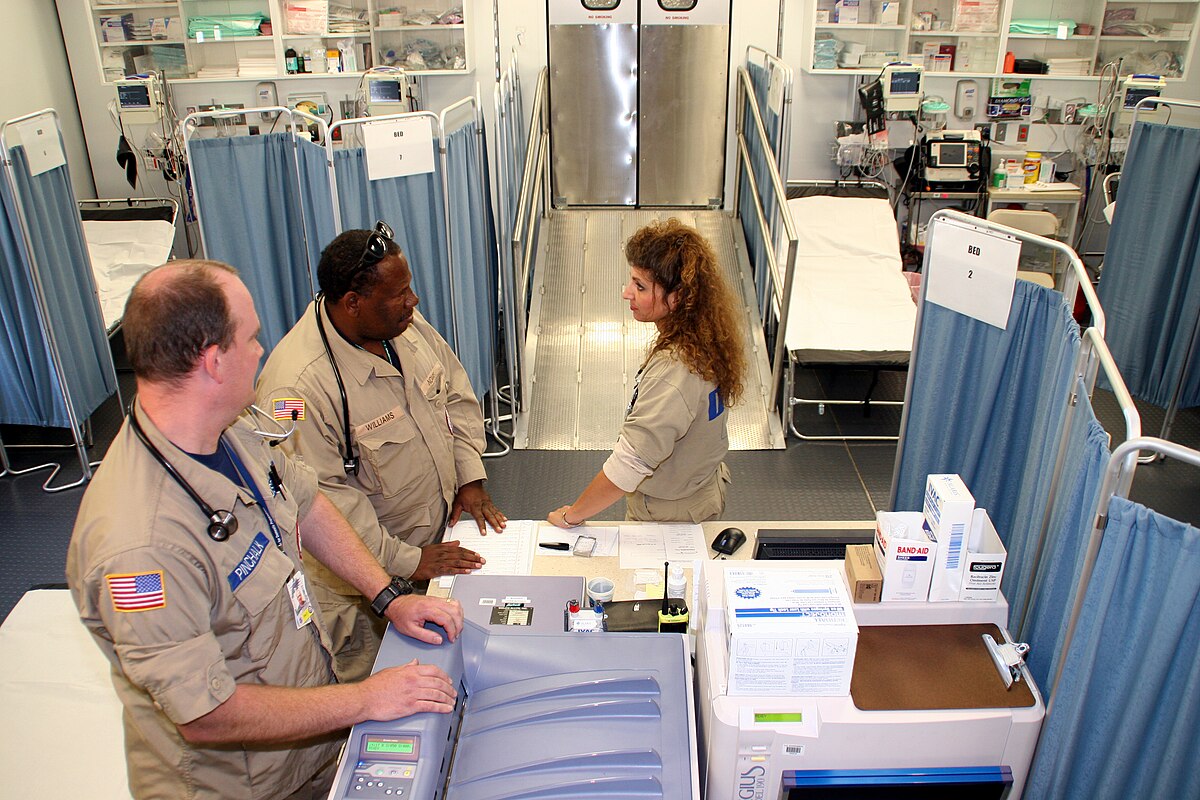
Inflation is a phenomenon in which goods and services become more expensive over a period of time, making the set value of a currency have less buying power. Inflation is harmful to one’s buying power, creating an economy where they must spend more to buy things that would have previously cost them less. Inflation also hurts the ability to save and purchase goods and services, requiring people to cut back. In the United States, inflation reached a high of nine percent in June of 2022, creating a tight pinch on Americans’ ability to use the money they earned. To correct this soaring inflation, the United States Federal Reserve, which has the role of stabilizing the monetary system in the nation, significantly increased interest rates, a charge levied on the borrowing of money. Rising interest rates have placed strains on businesses, firms, real estate, and households in America.
Americans are struggling in an economy where their money no longer gets them as far as it used to. Consumers struggle with a higher cost of living, where necessities like food, housing, and healthcare are more than they are earning. The struggle with the cost of living is directly connected to one’s socioeconomic status, an individual’s social position based on education, occupation, income, and place of residence. Structured within a class system, an open stratified system that allows social mobility, people who do not have a considerable amount of wealth, the total of all personal assets, including property, investments, and income, tend to have less cushioning during periods of high inflation and interest rates. Members of vulnerable populations fall especially susceptible to the negative effects of cost of living, a marker of social inequality, a system that unequally rewards individuals based on characteristics such as sex, income, age, race, and ethnicity.
Heavily affected by rising inflation, interest rates, and cost of living are marginalized populations, including women, children, young adults, and racial minorities, all of whom are more likely to be lower class, the lowest category of people within a social hierarchy. Members of the lower class experience fewer life chances, the opportunities and resources a person has at their disposal to improve their quality of life. Whereas members of the upper class, a category of people who maintain the highest status and resources within a society, may be able to secure food, housing, education, and healthcare even with inflation and higher interest rates, members of the lower class are less likely to have enough wealth to spend on anything other than necessities. They may even prioritize certain necessities over others, abandoning needs like healthcare and suitable housing to ensure there is food on the table. Americans are spending nearly $700 more than they were merely two years ago, a cost that many lower-class Americans cannot keep up with.

The experience of financial struggle varies greatly among different demographics in the U.S. In a study conducted by the Bank of America, one-fourth of women reported that they felt stressed about money enough that it kept them up at night, compared to only five percent of men. The feminization of poverty, the disproportionate number of women among the world’s poor, means that women are more susceptible to experiencing poverty than men across the world. Although the U.S. has laws in place to help support gender equality in the workforce, women are still paid less than men, even with the same careers and hours worked. In addition, Hispanic and Black workers were less likely to state that they felt financially stable. Hispanic and Black populations in the U.S. are less likely to experience social mobility, an individual’s or group’s movement up or down the system of stratification in society, resulting from factors such as it being unlikely for these ethnic groups to achieve intergenerational mobility or movement up the system of stratification in society between generations.
Worldwide, the number of people falling into poverty is on a steady rise, pushing millions of people into financial insecurity. As Americans continue to experience a rising cost of living, there are Americans more heavily impacted due to underlying systems of inequality. Lawmakers are tasked with assessing how to solve the inflation and interest rates, yet ensure Americans have access to the full use of their buying power.
Borlay is a guest blogger at UITAC Publishing. UITAC’s mission is to provide high-quality, affordable, and socially responsible online course materials.
Images used in this blog:
- “Woman Calculating Money and Receipts Using a Calculator” by Kaboompics is licensed on Pexels. This image has not been altered.
- Photo by Tima Miroshnichenko is licensed on Pexels. This image has not been altered.




